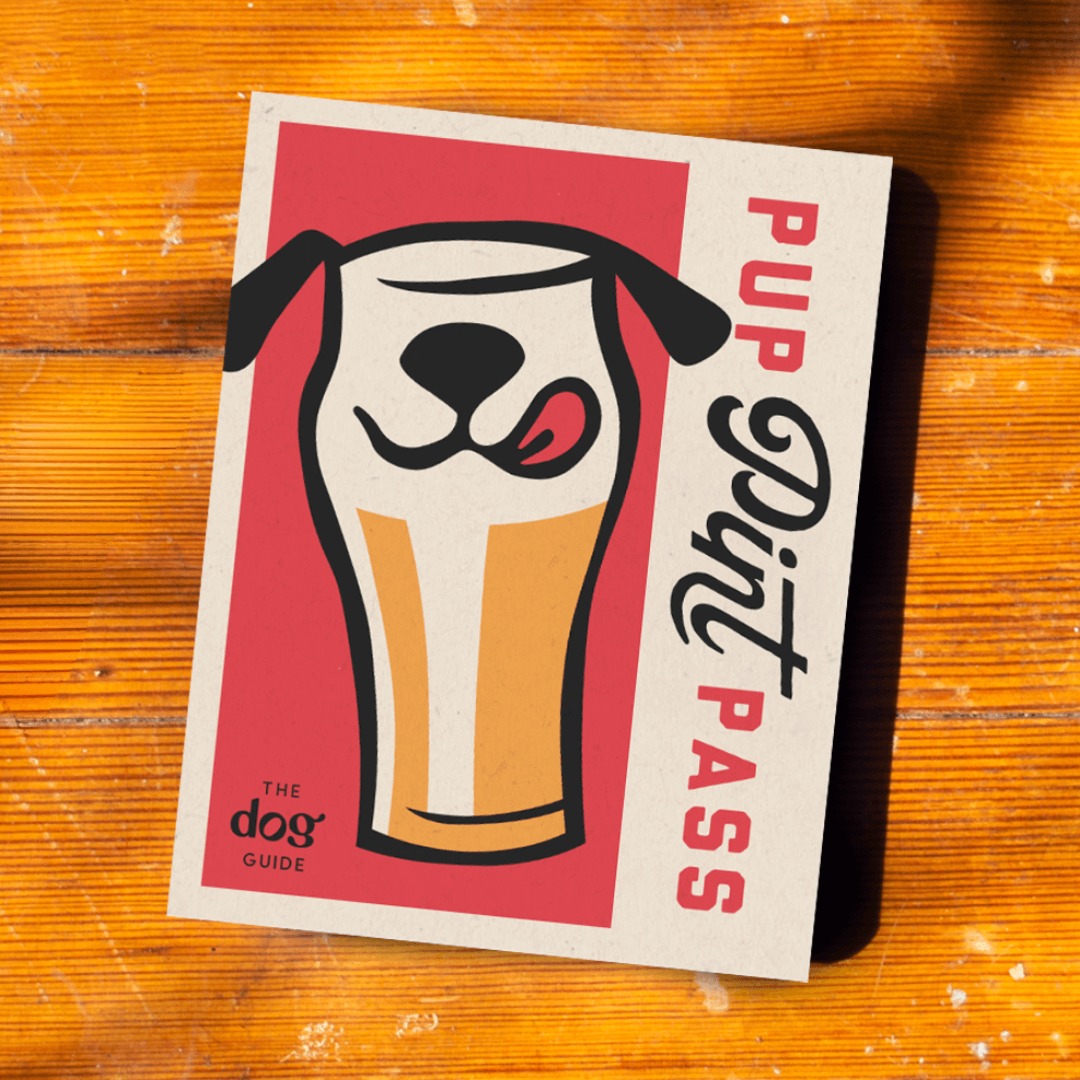
At the end of last week, I looked out our kitchen window to see a medium sized dog romping around in my neighbor’s yard. For the record, my neighbor does not have a dog. Apparently, this pup decided to wander into their backyard while my neighbor was doing yard work. He was a very happy and friendly boy who luckily had a collar with a vet tag on it. Our neighbor was able to contact the vet and get the owner’s phone number. Sadly, this is not the case for many dogs found on the streets of San Antonio. So, what do you do if you find a stray dog without a collar? Or if a dog has a collar, but no tags?
The first question you must honestly answer is how far are you willing to go to help a stray animal? Are you willing to take care of it for at least a few days, if not longer, should an owner not be located? If not, are you willing to surrender the animal to Animal Care Services or your local city shelter? If the answer to these questions is no, then your best option is to not engage at all. Even a dog wearing a collar may not have an owner, so only intervene if you are ready to take on that responsibility.
If, however, the answer to that question is yes, then here are 5 steps explaining what to do if you find a stray dog.
1. Approach with caution
Not all stray dogs are friendly, and many live in a constant state of fear and stress which can make them unpredictable and potentially dangerous. If the dog is friendly and personable, then you can take action to secure it—put the dog on leash, get them into your car, or usher them into your backyard. If you bring the dog home, be cautious about introducing it to other people and pets in your home. Remember, just because the dog is friendly with you does not mean it will be friendly with your spouse, your kids, or your other pets.
If the dog is not friendly, or you simply can’t tell if they are friendly or not, then the safest option is to leave the dog alone. Many dogs will run away if you try to chase them, which could result in them running straight into traffic or another dangerous situation. Alternatively, dogs will bite if they feel backed into a corner, regardless of your intentions. For your safety and the safety of the dog, only intervene if you feel confident the dog is friendly and ready to be helped.
2. Check the dog for tags
Ideally, a dog will have a collar with a name tag that contains their owner’s contact information. If they do not, it’s possible they will at least have their rabies tag which will have the name and phone number of the vet. You can call the vet and provide the rabies license number, which they will match with the dog they administered the vaccine to. This is how our neighbor was able to contact the owner of the dog that wandered into their yard.
3. Scan for a microchip
If the dog does not have any tags, the next step is to check for a microchip. You can visit any veterinarian’s office, local shelter, or spay/neuter clinic to get the dog scanned for a chip for free. Typically, a microchip is located at the back of the dog’s neck. However, some chips can migrate over time. Be sure the person scanning for a chip scans the dog’s neck, back, shoulders, and front legs to make sure the chip has not migrated.
4. Utilize the internet
Check Craigslist and Nextdoor to see if anyone has posted about a lost dog that matches the one you found.You can also share that you found a dog on these platforms, but be sure to require proof of ownership should the owner step forward. You can also use the app Finding Rover to list the dog as found, and check Lost Dogs of Texas on Facebook. Finally, email a photo and information about the dog (size, sex, estimated age or breed, etc) to nearby vets and local shelters to see if it matches any reports of a missing pet. You can even ask local shelters or rescues if they will do a courtesy posting on their social media channels to see if anyone recognizes the missing dog.
5. Find a new home for the dog
Ideally you would want to give an owner 24-72 hours to step forward. Although it is possible an owner looking for their dog might take longer, it is unlikely. If no owner can be found, then it’s time to consider finding the dog a new home. Contact local shelters first to see if they have space. If you are able to foster the dog or sponsor it (pay for vetting), you can also reach out to local rescue groups to see if they can take the dog in and help it find a new home. Keep in mind that rescues are often inundated with requests to take on dogs that need new homes, so it is incredibly helpful if you can foster the dog yourself or at least help pay for the vetting bills.

